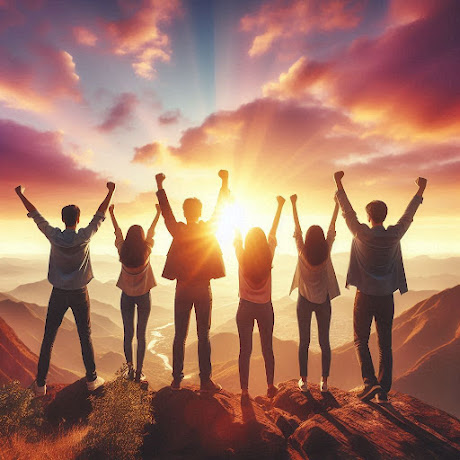Cultural influences on Beauty Standards
Cultural influences play a significant role in shaping beauty standards, which vary widely across different societies and time periods. Here's an elaboration on how culture impacts beauty ideals.
Historical Context
Beauty standards have evolved over time, reflecting the
values, beliefs, and social norms of each era and culture.
For example, in ancient civilizations such as Egypt and
Greece, ideals of beauty were often associated with symmetry, proportionality,
and physical fitness. Sculptures and artworks from these periods depict
idealized figures that conform to these standards.
In medieval Europe, pale skin was considered a sign of
nobility and refinement, as it indicated that one did not engage in outdoor
labor. On the other hand, in some Asian cultures, such as Japan and Korea,
porcelain-like skin has historically been prized as a symbol of purity and
femininity.
Geographical and Ethnic Diversity
Beauty standards vary significantly across geographical
regions and ethnic groups, reflecting the diversity of human appearance and
cultural values.
For example, in Western cultures, features such as high
cheekbones, angular jawlines, and slim figures have often been idealized. In
contrast, in many African and South American cultures, fuller figures and
voluptuous curves are celebrated as symbols of fertility and beauty.
Similarly, ideals of beauty in East Asian cultures may
emphasize features such as clear, smooth skin, and delicate facial features.
Media and Popular Culture
In contemporary society, mass media, advertising, and
popular culture play a powerful role in shaping beauty standards and
influencing individual perceptions of attractiveness.
Western media, in particular, often promotes narrow and
often unrealistic beauty ideals, which can lead to feelings of inadequacy and
body dissatisfaction among those who do not fit these standards.
However, there has been a growing movement towards greater
diversity and inclusivity in media representation, with campaigns advocating
for more realistic portrayals of beauty across different ethnicities, body
types, and ages.
Globalization and Cultural Exchange
Globalization has led to increased cultural exchange and the
spread of beauty ideals across borders.
For example, the rise of K-beauty (Korean skincare and
makeup) has gained popularity worldwide, influencing beauty trends and product
formulations in Western markets.
Similarly, social media platforms allow individuals from diverse backgrounds to share their beauty routines, tips, and cultural practices, contributing to a more inclusive and globalized beauty landscape.
Reshaping Beauty Standards
There is a growing movement towards redefining beauty
standards to be more inclusive, diverse, and representative of the full
spectrum of human appearance.
Initiatives promoting body positivity, diversity in fashion
and media, and the celebration of natural beauty aim to challenge narrow beauty
ideals and promote self-acceptance and empowerment.
Understanding the cultural influences on beauty standards
highlights the complexity and diversity of human perceptions of attractiveness
and underscores the importance of embracing individuality and diversity in
beauty.




Comments